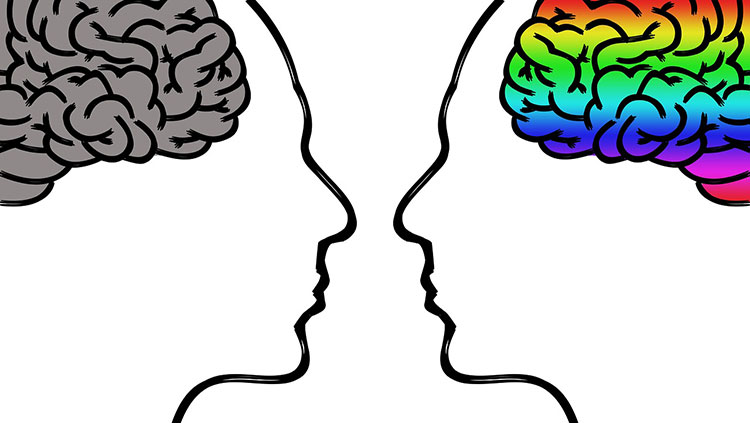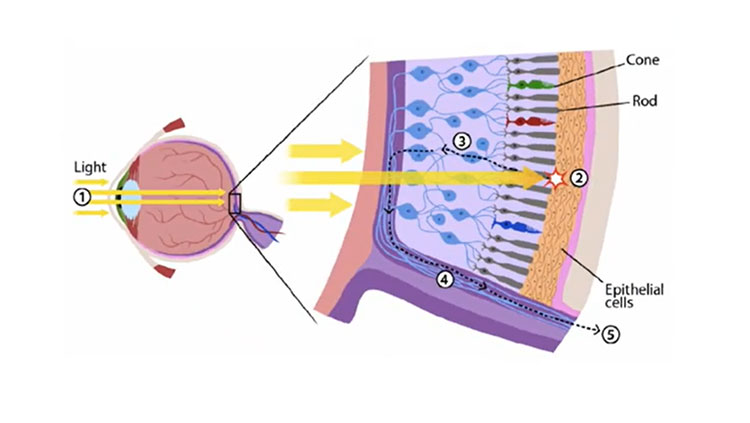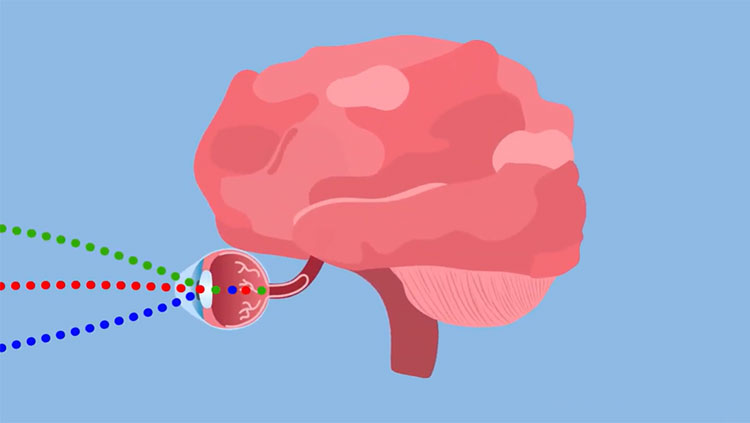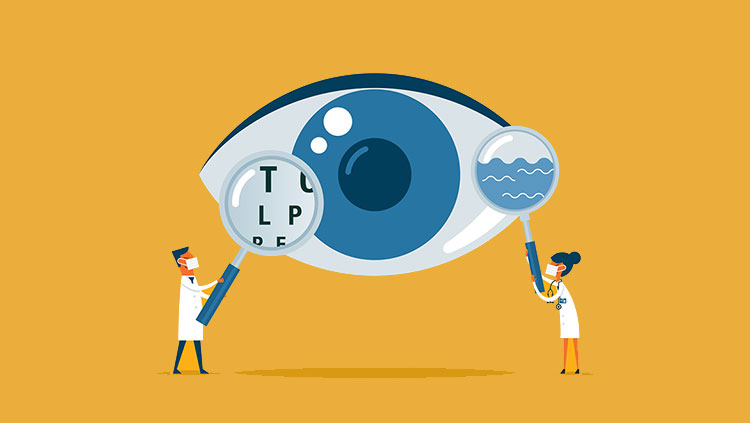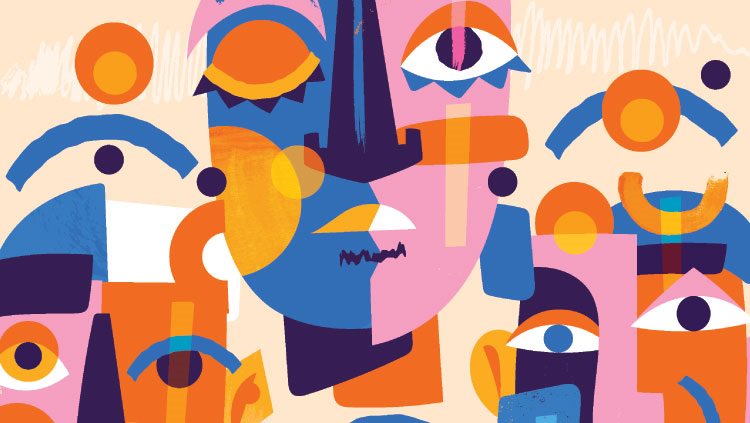A picture of a dress sparked a family disagreement: was the dress blue and black, or was it white and gold? Shared on social media, the picture soon captured the attention of millions of people around the world. It raised a fundamental question – how could we perceive the same thing so differently? The answer lies in the brain.
This video won the People's Choice Contest in the 2021 Brain Awareness Video Contest.
Created by Eesha Posani.
CONTENT PROVIDED BY
BrainFacts/SfN
Transcript
A mother bought this dress for her daughter’s wedding in 2015. Although she thought it was one color, her daughter thought of it as another. This soon became a family disagreement and made its way onto social media, where it sparked the attention of millions of people worldwide. So, what color is it? Some people say it’s blue and black, or white and gold, or even brown and blue — why is everyone seeing it differently? Take a side — and we’ll see which one’s right!
Okay, now let’s take a brief look at the way we perceive color in the first place. At the back of the eye, there is a structure known as the retina, which is covered with photoreceptors. There are two main types of photoreceptors: rods and cones. Rods work best in dimmer light from dusk to dawn — and help us see black and white. Fun fact: the eyes — more accurately, the retina — of nocturnal animals such as tarsiers have a greater proportion of rods than humans. This is what helps them see better at night, as they need to be able to see in dimmer light!
Cones, on the other hand, work best with more light — from dawn to dusk. They help us perceive color. There are three main types of cones: S cones, M cones, and L cones. S cones stand for short-wave cones, and sense the color blue. M cones stand for middle-wave cones and sense the color green. L cones stand for long wave cones, and sense the color red. You can see how each gets its name by looking at a frequency chart. Blue light has a shorter wavelength than green light, which has a shorter wavelength than red light.
But then that brings up a question: how can we see colors like yellow or pink if there’s only three cones? Well, the answer is simple: the frequencies overlap! The overlapping of the red and green waves produces yellow!
You might have seen this diagram before. These signals from the retina are then sent through the optic nerve to an area called the optic chiasm. Here, the fibers of the optic nerve from the right visual fields come together to form one optic tract and the fibers from the left visual fields come together to form the other optic tract. From there, they pass through the lateral geniculate nucleus — aka, the LGN — which is a relay station part of the thalamus.
The information is then taken to the primary visual cortex. Note: there are two optic nerves, two optic tracts, two LGNs, and two lobes that make up the visual cortex.
If this is how every brain sees color, why do different people see the dress differently? Neuroscientists Bevil Conway and Jay Neitz suggest that the perception of colors can be altered based on what the brain makes of the lighting of the image. This is processed in the visual cortex. It is about the way we perceive the background. Some people might perceive the lighting to have more blue light, during the day, causing them to see the dress as white and gold. This same phenomenon is how we identify different objects throughout the day and night, where although there is different lighting, we still perceive the object we are looking at the same way and with the same colors. Our brains fill in the missing gaps and automatically associate the same colors to an image that we might have previously seen in another setting.
Then how did others see it as blue and black? People who saw it as blue and black perceived the lighting to be more orange tinted and the overall lighting to be darker, causing the colors to appear different compared to what others saw associating the background with brighter light. They associated the blue tint of the picture to the dress rather than to the lighting.
The brain is constantly thinking of all the factors that can come into play, such as, was it taken inside or outside? This tells us whether there was artificial light or natural light. Natural light, or sunlight, appears to be more white in color, whereas artificial light appears to have a red, orange, or yellower tint. Or, was it illuminated from the front or back? This is important because it tells us whether there was a shadow or not, meaning it is actually lighter or darker than it seems.
It’s truly astonishing to see how a simple change in context changes how the brain perceives something! The dress is one of the many examples of the odd ways our brains work. It has adapted to automatically fill things in. It all ties back to that visual pathway, from the photoreceptors in the retina to the visual cortex. Lighting came into play when the information reached the visual cortex and is ultimately what led to the differences in the perception of the dress between people.
It turns out the dress, as many call it, is blue and black after all. Now, check it out with those around you to see for yourself! Interesting, isn't it?
Also In Vision
Trending
Popular articles on BrainFacts.org


